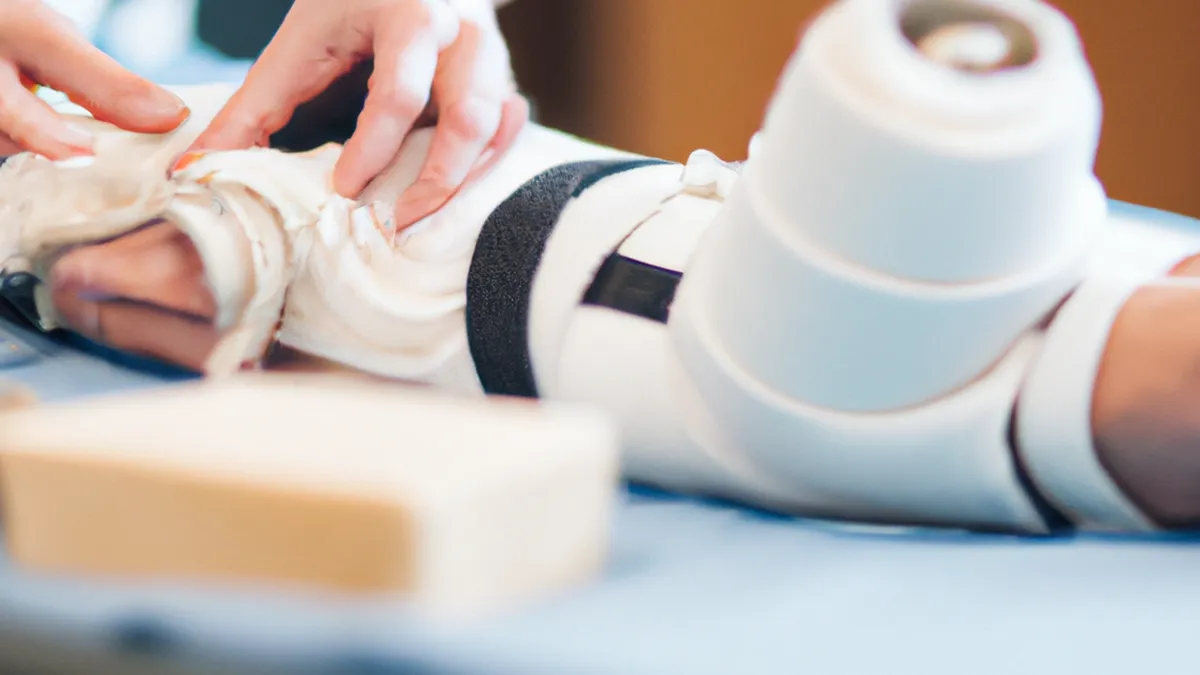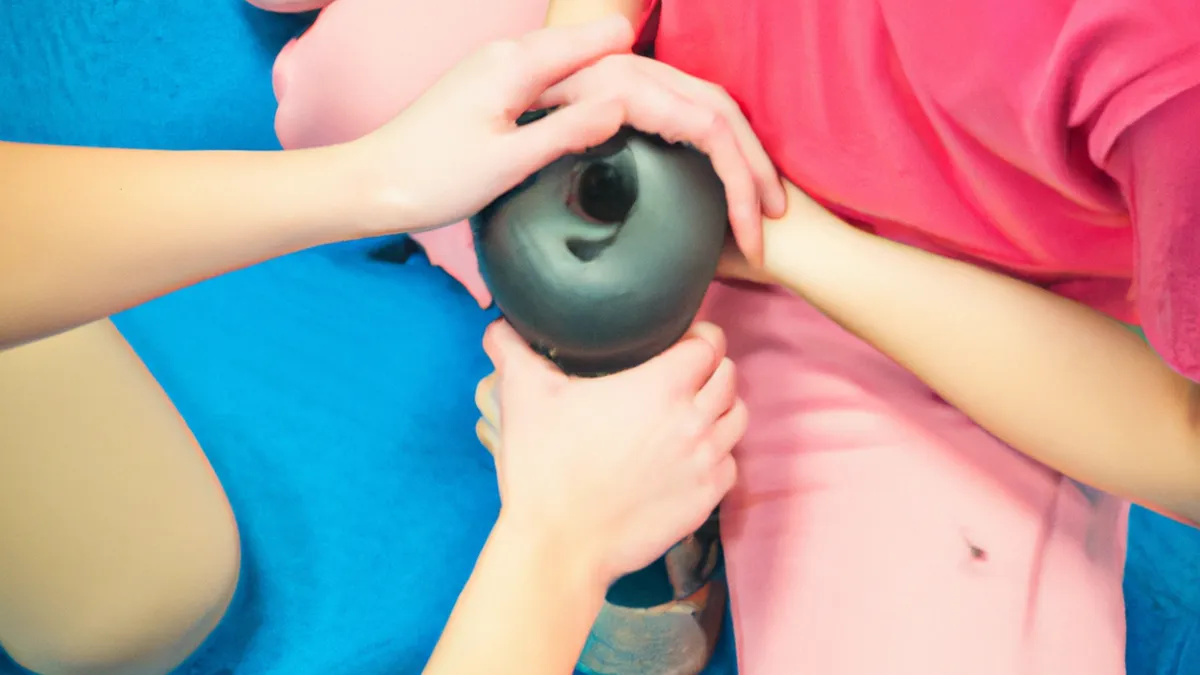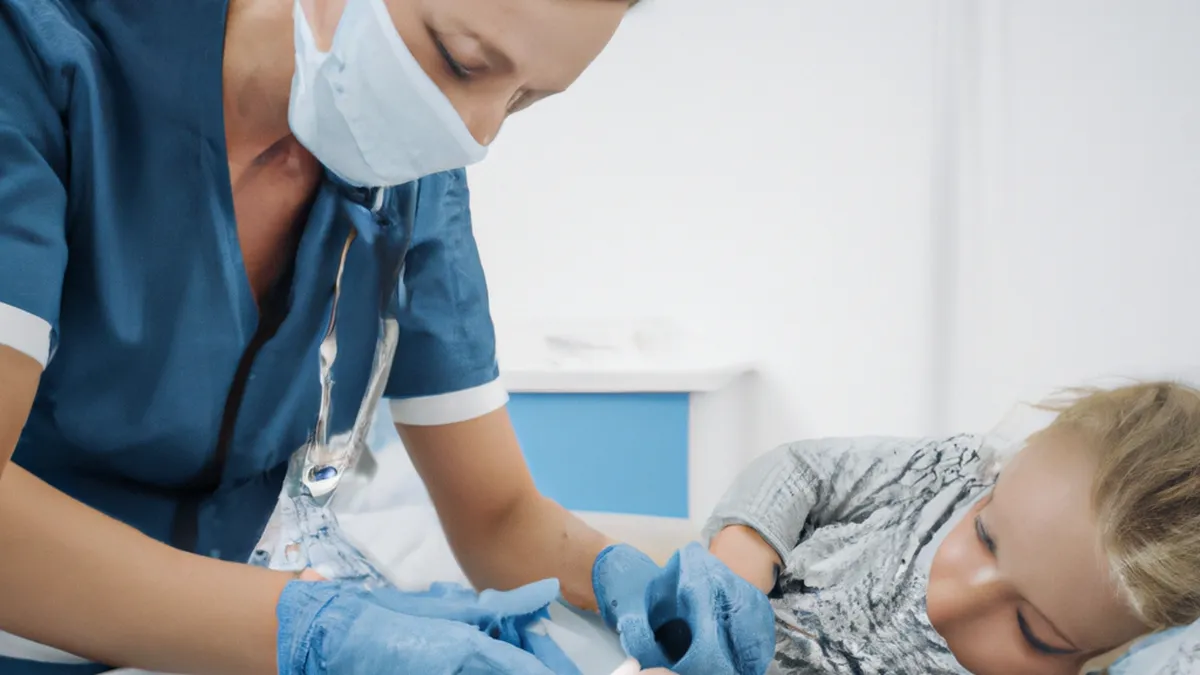Rehab Tools Every ACL Patient Needs
Rehab Techniques for ACL TearsAn anterior cruciate ligament (ACL) tear can sideline athletes. Recovery may take time, but effective rehabilitation techniques ensure a successful return.
Understanding ACL Injuries
ACL injuries often occur during sports with sudden stops or direction changes. These injuries cause knee instability and pain. Understanding the injury is crucial for effective rehabilitation.Rehab aims to restore strength, flexibility, and functionality to the knee. Follow a structured rehabilitation program to start your journey.
Initial Rehabilitation Phase
As an Amazon Associate I earn from qualifying purchases.
Gear tip: consider compression sleeves, compression socks, and kt tape to support this topic.
The initial rehab phase focuses on reducing pain and swelling. This phase lasts one to two weeks after the injury. Consider these techniques:
R.I.C.E. Method
Use the R.I.C.E. method during the early stages. – **Rest**: Avoid weight on the injured knee.- **Ice**: Apply ice packs for 15-20 minutes every few hours.- **Compression**: Use an elastic bandage to minimize swelling.- **Elevation**: Keep the knee raised above heart level.
Gentle Range of Motion Exercises
Gentle range of motion exercises maintain flexibility. Start with simple movements:- **Heel slides**: Slide your heel toward your buttocks, then back.- **Quadriceps sets**: Tighten your thigh muscle for five seconds, then relax.
Isometric Exercises
Isometric exercises strengthen muscles without joint movement. Perform these early in rehab. – **Straight leg raises**: Raise one straight leg to the height of the opposite knee.- **Hamstring sets**: Dig your heel into the ground for five seconds, then relax.
Strengthening Phase
As pain decreases, progress to strengthening exercises. This phase usually begins two to six weeks after the injury. Try these techniques:
Closed-Kinetic Chain Exercises
Closed-kinetic chain exercises involve weight-bearing movements. Promote stability and strength with:- **Wall sits**: Slide down a wall until your knees reach a 90-degree angle.- **Mini squats**: Lower your body into a slight squat.
Resistance Bands
Resistance bands effectively build strength. Incorporate them with exercises like:- **Side steps**: Step sideways with a resistance band around your thighs.- **Leg presses**: Push your foot away while keeping your knee straight.
Balance and Proprioception
Incorporate balance exercises to improve stability. Use a balance board or stability ball. Some exercises include:- **Single-leg stands**: Stand on one leg for 10-30 seconds.- **Bosu ball squats**: Perform squats while standing on a Bosu ball.
Benefits of Effective Rehabilitation
Proper rehabilitation techniques offer many benefits. First, they reduce the risk of re-injury. Strengthening surrounding muscles enhances knee stability. Second, rehabilitation improves overall function. You regain mobility and strength, allowing you to return to activities. Lastly, effective rehab boosts confidence. A strong, stable knee allows fear-free performance.
Conclusion
Rehab techniques for ACL tears are vital for recovery. Start with the R.I.C.E. method to manage pain and swelling. Progress to strengthening and balance exercises. Each rehab phase plays a crucial role in restoring knee function. Commit to a structured rehab program to return confidently to your active lifestyle. Consult a healthcare professional before starting any rehabilitation program. Your recovery journey may challenge you, but with dedication, you will regain strength.
Below are related products based on this post:
FAQ
What is an ACL tear?
An ACL tear is an injury to the anterior cruciate ligament, commonly occurring during sports that involve sudden stops or changes in direction. This injury often leads to knee instability and pain, making understanding it essential for effective rehabilitation.
What are the initial rehabilitation techniques for an ACL tear?
The initial rehabilitation phase focuses on reducing pain and swelling through the R.I.C.E. method, which includes rest, ice, compression, and elevation. Additionally, gentle range of motion exercises and isometric exercises are recommended to maintain flexibility and strengthen muscles without joint movement.
Why is rehabilitation important after an ACL tear?
Rehabilitation is crucial as it reduces the risk of re-injury and enhances knee stability by strengthening surrounding muscles. It also improves overall function, allowing individuals to regain mobility and confidence to return to their activities safely.















Post Comment